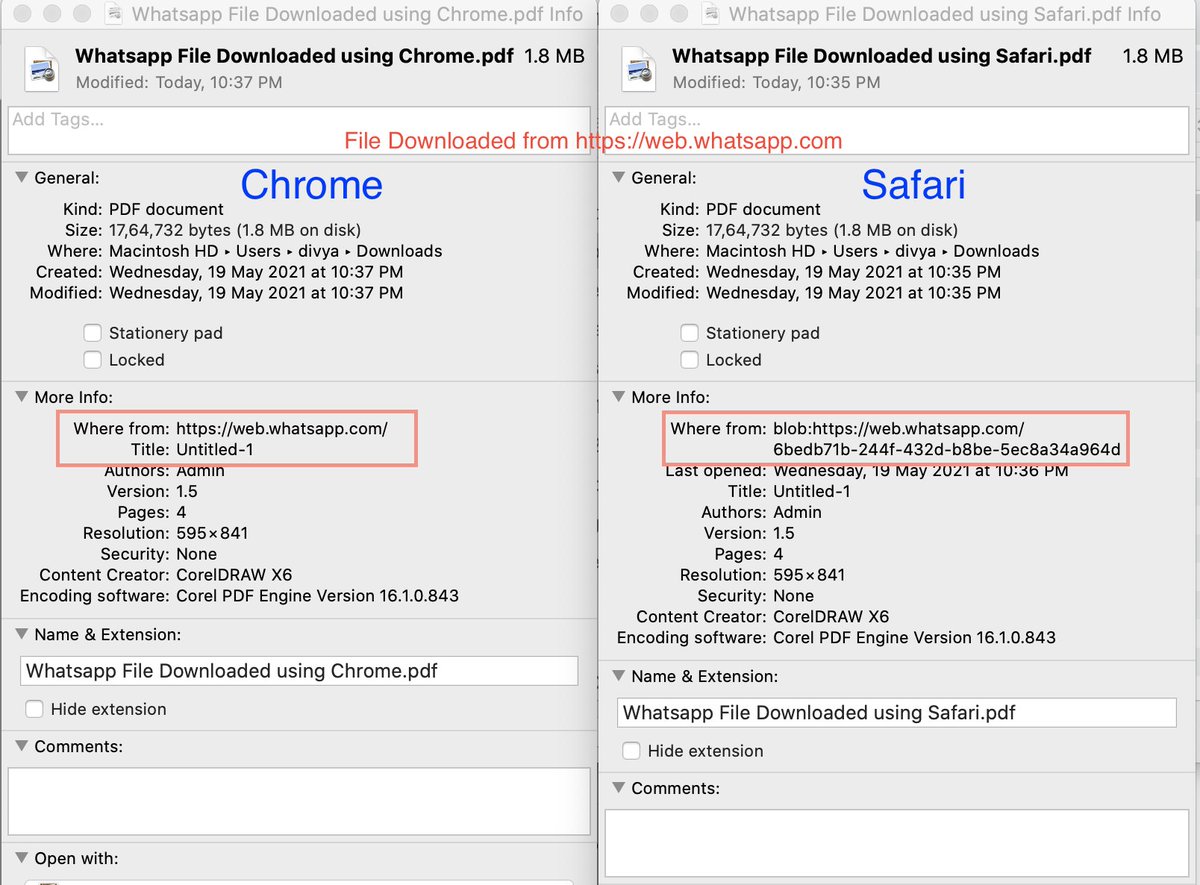
With the outbreak of the second world war, in October 1939, she and other Clyde steamers like the PS Waverley were requisitioned again by the Admiralty for minesweeping duties. A decade and a half later, in 1935, Eagle and the rest of the Williamson-Buchanan fleet passed into the ownership of the Caledonian Steam Packet Company.

When Eagle III returned to the Clyde in 1919 her owners had merged with a competitor to form Williamson-Buchanan Steamers and she resumed regular sailings from Glasgow to Rothesay and Loch Striven.

Before entering Naval service she was modified, with the most significant change being to bring her bridge forward in front of her funnel. Like other Clyde steamers, in 1917, she was requisitioned by the Admiralty to serve as a minesweeper during the first World War, based out of Grimsby. After repeating the same list on two or three subsequent journeys she was withdrawn from service, the design flaw was remedied by extensively re-building her hull bottom to give it a wider shape, and she was then returned to service in 1911. She was launched on 14 April 1910 and entered service that summer, however on her first regular trip from Glasgow to Rothesay she listed heavily to port almost submerging the port paddle wheel and lifting the starboard wheel almost clear of the water. Her machinery was of a traditional design, with a Napier-type "haystack" boiler and the last simple diagonal engine to be fitted to a Clyde steamer.

While Inglis sub-contracted the construction of the hull to Napier and Miller, they built and installed the engine and boiler for the ship themselves. In 1909, Buchanan Steamers ordered a passenger steamer from Glasgow shipbuilders A.


 0 kommentar(er)
0 kommentar(er)
